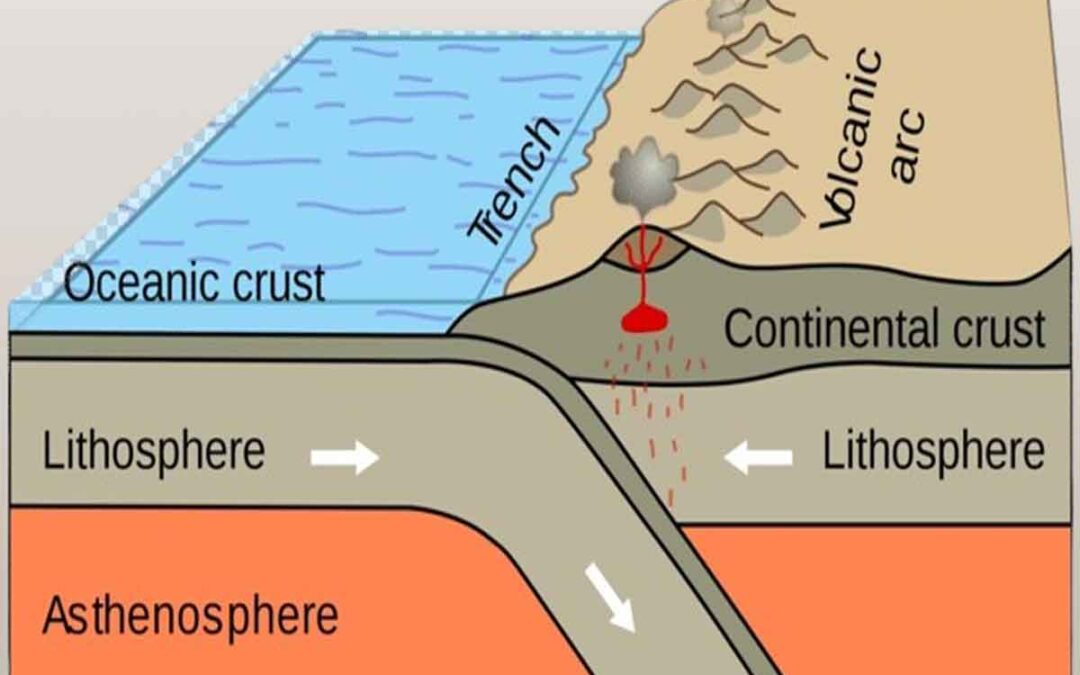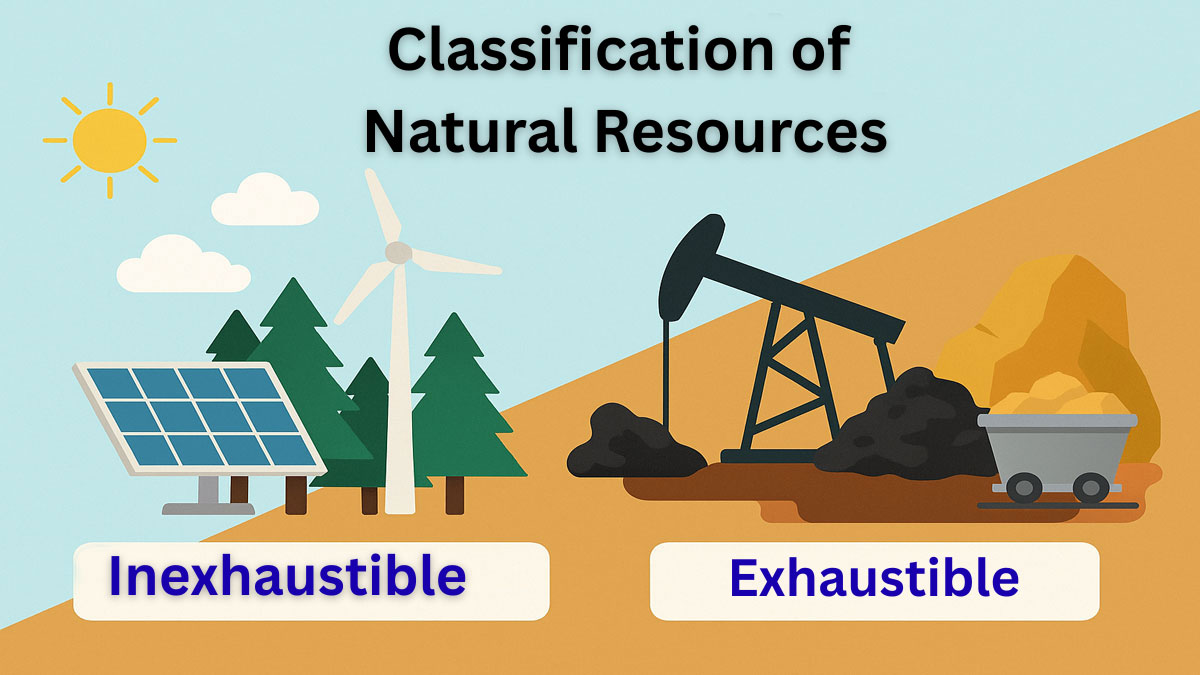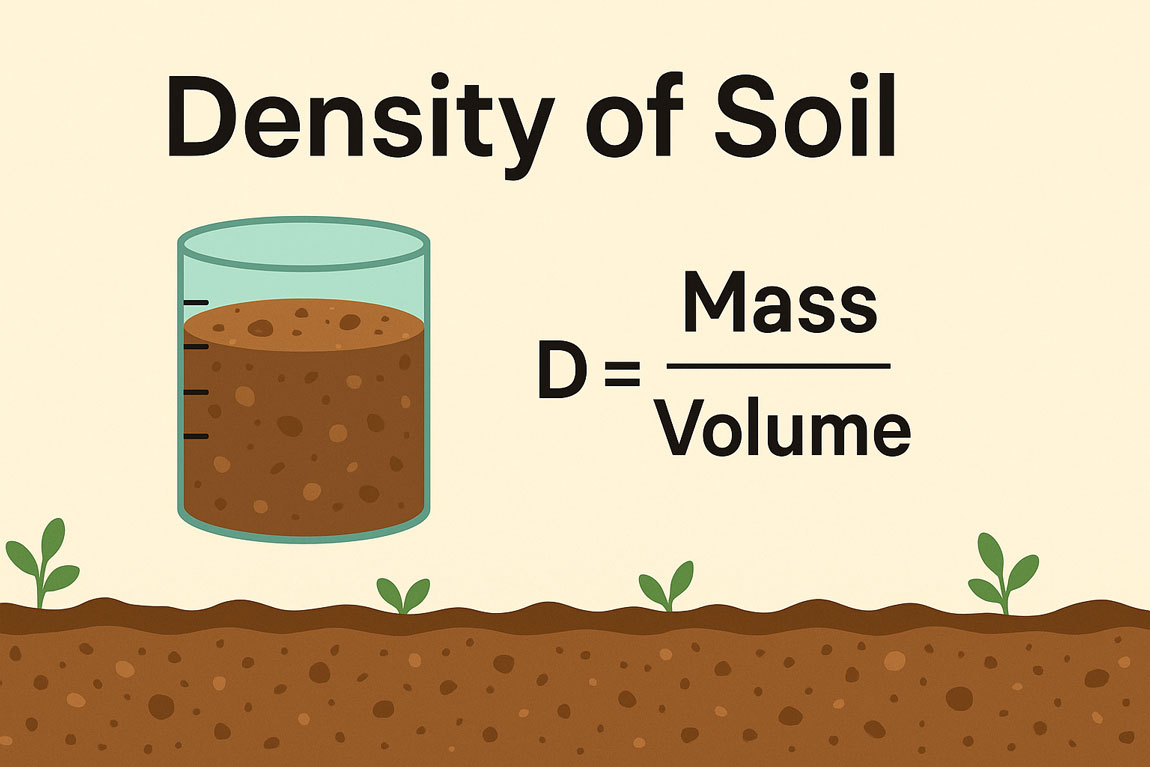Oceanic crust, a complicated interaction of volcanic interest and tectonic forces, offers delivery to majestic seafloor landscapes. From awe-inspiring underwater mountains to enormous rift valleys, the oceanic crust is a tapestry of geological marvels. But its attraction extends past its beautiful bodily features.
Oceanic Crust:
The oceanic Crust is the outermost layer of the Earth’s lithosphere, found under the oceans. They are approximately 5 to 12 km thick, and the average density is 3.00 gm per cubic cm. They are mainly composed of mafic rocks.
Characteristics of different layers in Oceanic Crust:
There are four layers of Oceanic Crust,
Layer One:
- Comprised of a sequence of unconsolidated marine sediments
- Consist of calcareous and silicious shells of microscopic marine organisms together with red clay
- Sediments are very thin near the axes of oceanic ridges
- But it may be several kilometers thick next to continents
Layer Two:
- Layer two is mainly composed of basaltic lavas
- These basaltic lavas are in pillow form
- The pillow lava represents the eruption of volcanoes on the sea floor
- This layer is around 1 to 2.5 km thick
Layer Three:
- The middle rocky layer is made up of numerous interconnected dikes
- These dikes are nearly vertical in orientation, called sheeted dike complex
- These dikes are former pathways where magma rose to feed lava flows on the ocean floor
Layer Four:
The lower unit is made up mainly of gabbro, the coarse-grained equivalent of basalt, which crystallized in a magma chamber below the ridge axis.
Composition and structure of the oceanic crust:
Basalt, a volcanic rock created by the rapid cooling of lava, makes up the bulk of the oceanic crust. It lies on top of the denser peridotite mantle and is relatively thin, with an average thickness of about 7 kilometers.
Plagioclase, pyroxene, and olivine are the minerals found in this crust and play a key role in the geological processes occurring at the ocean floor. Sedimentary deposits, which include volcanic ash and marine life-based minerals, accumulate on the crust over time.
These stratified deposits reveal Earth’s history and past environmental conditions. The combination of sediments and the basaltic crust creates a dynamic environment that tectonic activity impacts.
The oceanic crust consists of essential layers: a lower layer of gabbro formed by the slow cooling of lava, and an upper layer of basalt and sediment. The transitional zone between these layers demonstrates the mechanisms behind plate tectonics and the formation of ocean basins.
Formation of the oceanic crust:
Seafloor divergence, a crucial tectonic technique, occurs alongside mid-ocean ridges as tectonic plates break apart and magma rises to fill the spaces. As the magma cools and forms basalt rock, this process creates new oceanic crust, expands ocean basins, and pushes out older crust.
Geological features such as rift valleys and underwater mountains, or seamounts, form through tectonic motion and volcanic activity. This process modifies the crust over time through subduction zone recycling, sedimentation, and volcanic eruptions.
In these zones, older oceanic crust undergoes metamorphism and partial melting as it descends beneath continental plates. Mountain ranges, volcanic arcs, and the dynamic regeneration of the Earth’s crust result from this recycling.
The continuous cycle of creation and destruction reflects the Earth’s geological history and underscores the vital role of plate tectonics in shaping our planet.
Unique features of the oceanic crust:
Tectonic movement creates large underwater mountain levels and mid-ocean ridges, which are key factors of the marine crust. These ridges, including the Mid-Atlantic Ridge, stretch for thousands of kilometers and represent areas where new crust forms and seafloor spreading occurs.
Hydrothermal vents, formed when seawater seeps into the Earth’s crust and heats up, deposit sediments that can be rich in minerals. These vents support unique ecosystems, where tubeworms and microorganisms thrive in a sunless environment.
Abyssal plains, large, flat regions on the seafloor, form over time from the accumulation of sediments. These plains offer ideal conditions for studying sedimentary and marine history. Along with abyssal plains, the oceanic crust is both rich and dynamic. Features like hydrothermal vents and mid-ocean ridges demonstrate the geological and ecological significance of the crust.
Economic significance of the oceanic crust:
Coastal economies are significantly reinforced through tourism related to the oceanic crust. Millions of travelers go to coral reefs, coastal regions, and underwater websites every 12 months for diving, fishing, and different entertainment pursuits, producing sales and jobs.
Future generations depend on carefully controlling the marine crust’s assets to preserve those advantages. Tourism related to the oceanic crust significantly reinforces coastal economies.
Every year, millions of travelers visit coral reefs, coastal regions, and underwater sites for diving, fishing, and other recreational activities, generating sales and creating jobs. Future generations depend on careful management of the marine crust’s resources to preserve these benefits.
Conclusion:
Scientists are discovering the exciting ability to explore beneath the oceanic crust, an unknown region. They are gaining more knowledge about its structure and the techniques used for generating it. Understanding its location in Earth’s ecosystems and geology requires interdisciplinary research.
Investigating the marine crust can provide vital new records about the past, present, and future of our planet. This record guides the prudent use of Earth’s resources while also advancing scientific understanding. The mysteries of the oceanic crust, a vital component of our planet, will significantly shape our knowledge of the world.






